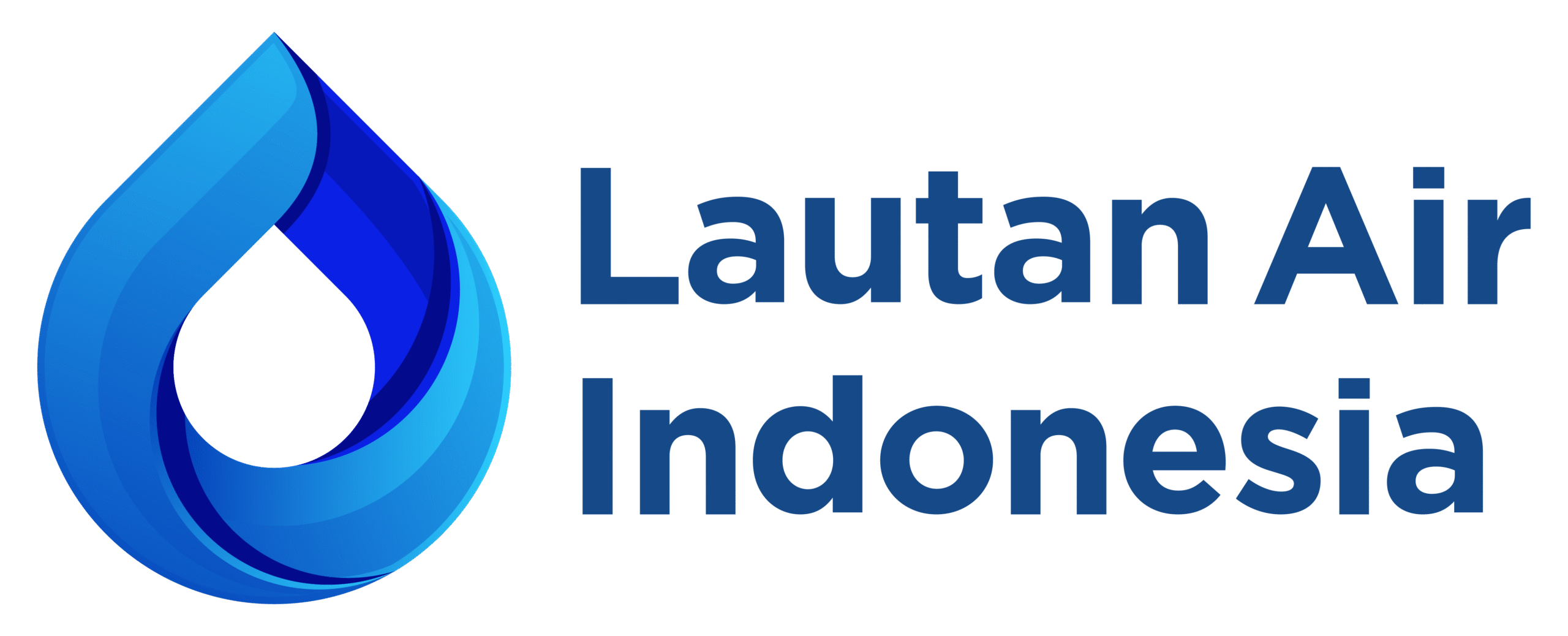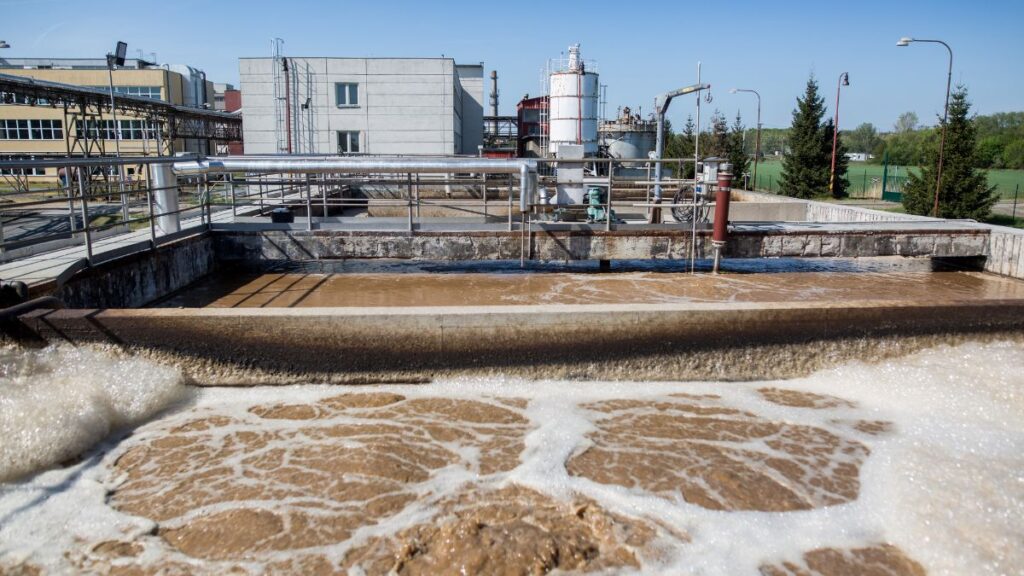Activated sludge is an important part of the wastewater treatment process in a Wastewater Treatment Plant (WWTP). However, one common problem that is often encountered is that activated sludge does not settle properly. As a result, the quality of the effluent decreases, the suspended solids content increases, and the efficiency of the WWTP system is disrupted.
This phenomenon is often seen from the sludge that remains floating in the clarifier or sedimentation tank, producing turbid effluent that does not meet environmental standards. So, what causes activated sludge not to settle properly? And how to overcome it?
Impact and Causes of Active Sludge Not Sedimenting
When activated sludge does not settle properly, not only is the efficiency of the WWTP affected, but it can also cause serious consequences such as:
- Increased Total Suspended Solids (TSS) in the effluent which can cause non-compliance with environmental regulations.
- Increased Biochemical Oxygen Demand (BOD) and Chemical Oxygen Demand (COD) which worsen environmental pollution.
- Domino effect on downstream processes such as filtration and disinfection, increasing operational costs and the need for additional chemicals.
Some of the main causes of activated sludge not settling properly include:
1. Sludge Bulking
Sludge bulking occurs when microorganisms in activated sludge grow excessively and form flocs that are less dense, making it difficult to settle. The main causes of sludge bulking include:
- Excessive growth of filamentous bacteria, especially in conditions with excess carbon or nutrient deficits such as nitrogen and phosphorus.
- Suboptimal aeration conditions, either excessive aeration that keeps the sludge floating or insufficient aeration that causes the growth of unwanted microorganisms.
- Imbalance in the F/M (Food to Microorganism) ratio, where the amount of organic waste entering does not match the available microbial population.
Read Also: Why Is There Too Much Sludge in My Clarifier?
2. Sludge Pin-Pointing
Sludge pin-pointing occurs when the sludge flocs are too small and not heavy enough to settle properly. This can be caused by:
- Too aggressive aeration, which causes the mud floc to break into smaller particles.
- Inappropriate coagulant or flocculant dosage, so that the floc is not formed optimally.
- Low organic load ratio, which makes the mud lack food substrate to form large flocs.
3. Overloading
If the waste flow to the WWTP exceeds its design capacity, activated sludge may experience disturbances in the settling process. Causes of overloading may include:
- Spikes in organic loads due to changes in industrial production.
- Extreme pH fluctuations, which disrupt the balance of microorganisms in the system.
- Increased oil and grease content, which inhibits sludge flocculation.
4. Unstable Nutritional Quality and pH
Microorganisms in activated sludge require the right balance of nutrients to grow and form good floc. This imbalance can be caused by:
- Lack of nitrogen or phosphorus, which causes the sludge to become looser and not settle well.
- Too high or too low a pH, which inhibits microbial activity.
- Toxic content such as heavy metals or certain chemicals, which kills important microorganisms in activated sludge.
How to Solve the Problem of Unsettled Activated Sludge?
If the activated sludge in your WWTP is not settling properly, there are several solutions that can be applied to return the system to optimal condition:
1. Controlling the Growth of Filamentous Bacteria
If the cause is sludge bulking due to filamentous bacteria, possible solutions include:
- Increase the F/M ratio by adjusting the incoming organic load.
- Balancing nutrient levels (Carbon (C)/Nitrogen (N)/Phosphorus (P)) so that bacterial growth conditions are more stable.
- Using chemicals such as chlorine or hydrogen peroxide to control excessive filamentous bacterial growth.
2. Optimization of Aeration Process
- Make sure the aeration is not too excessive or too lacking, adjust it to the needs of the microbes.
- Monitor Dissolved Oxygen (DO) regularly to keep it within the optimal range (1.5 – 2.5 mg/L).
3. Proper Use of Coagulants and Flocculants
- Application of coagulants such as Poly-Aluminium Chloride (PAC) or flocculants such as anionic/cationic polymers can help improve sludge flocculation.
- The dosage must be calculated precisely so as not to cause negative effects such as sludge pin-pointing.
4. Controlling Overloading and Waste Fluctuations
- Install an equalization tank to level the waste load before entering the biological system.
- Monitor and control the pH to keep it stable in the range of 6.5 – 7.5.
- Separate oil and fat before entering the WWTP, using a grease trap or oil skimmer.
5. Adjusting Sludge Age and Wasting Rate
- Set the sludge age to remain ideal according to the system design.
- Periodically remove excess sludge (sludge wasting) to prevent the accumulation of inactive microorganisms.
Solving Active Sludge Problems with Indonesian Ocean Water
If you are experiencing problems with activated sludge that is not settling properly in your WWTP, Lautan Air Indonesia has a variety of solutions that can help. With over 40 years of experience in the water treatment industry, we provide:
- Quality Chemicals: Coagulant, Flocculant, and disinfectant to help optimize the sedimentation process.
- Consultation & Process Optimization Services: Our team of experts can analyze the cause of the problem and provide the best recommendations.
- Control System and IoT: Online monitoring for DO, pH, TSS, and other parameters to keep the WWTP working optimally.
- Operation & Maintenance: If you need help in WWTP operations, we also provide full maintenance and management services.
Activated sludge that does not settle properly can compromise the efficiency of the WWTP and cause effluent that does not meet environmental standards. By understanding the main causes such as sludge bulking, sludge pin-pointing, overloading, and nutrient imbalance, you can take the right steps to overcome them.
If you need an effective and sustainable solution, Lautan Air Indonesia is ready to help you. Contact us now for the best consultation and solution in managing your WWTP!



